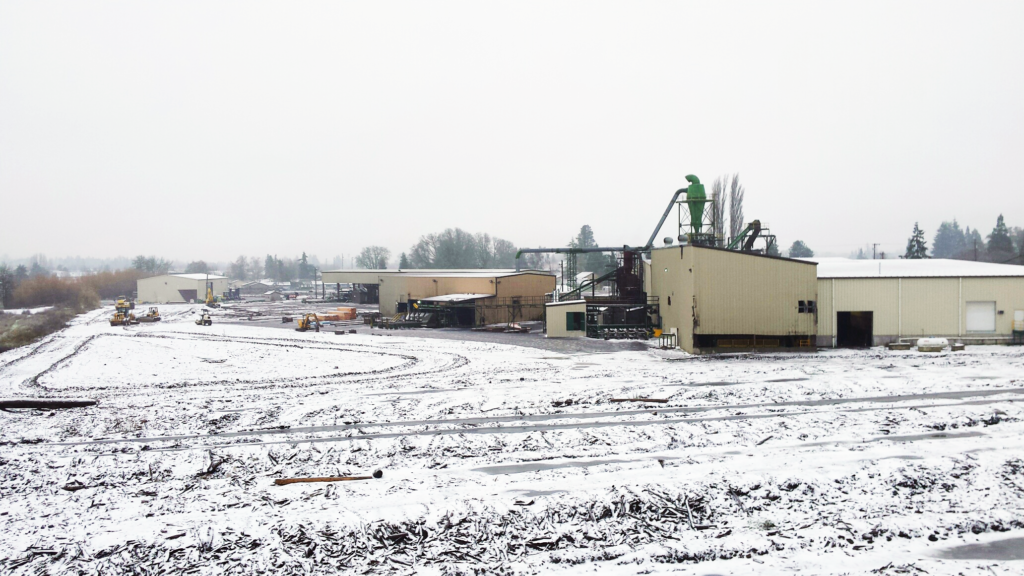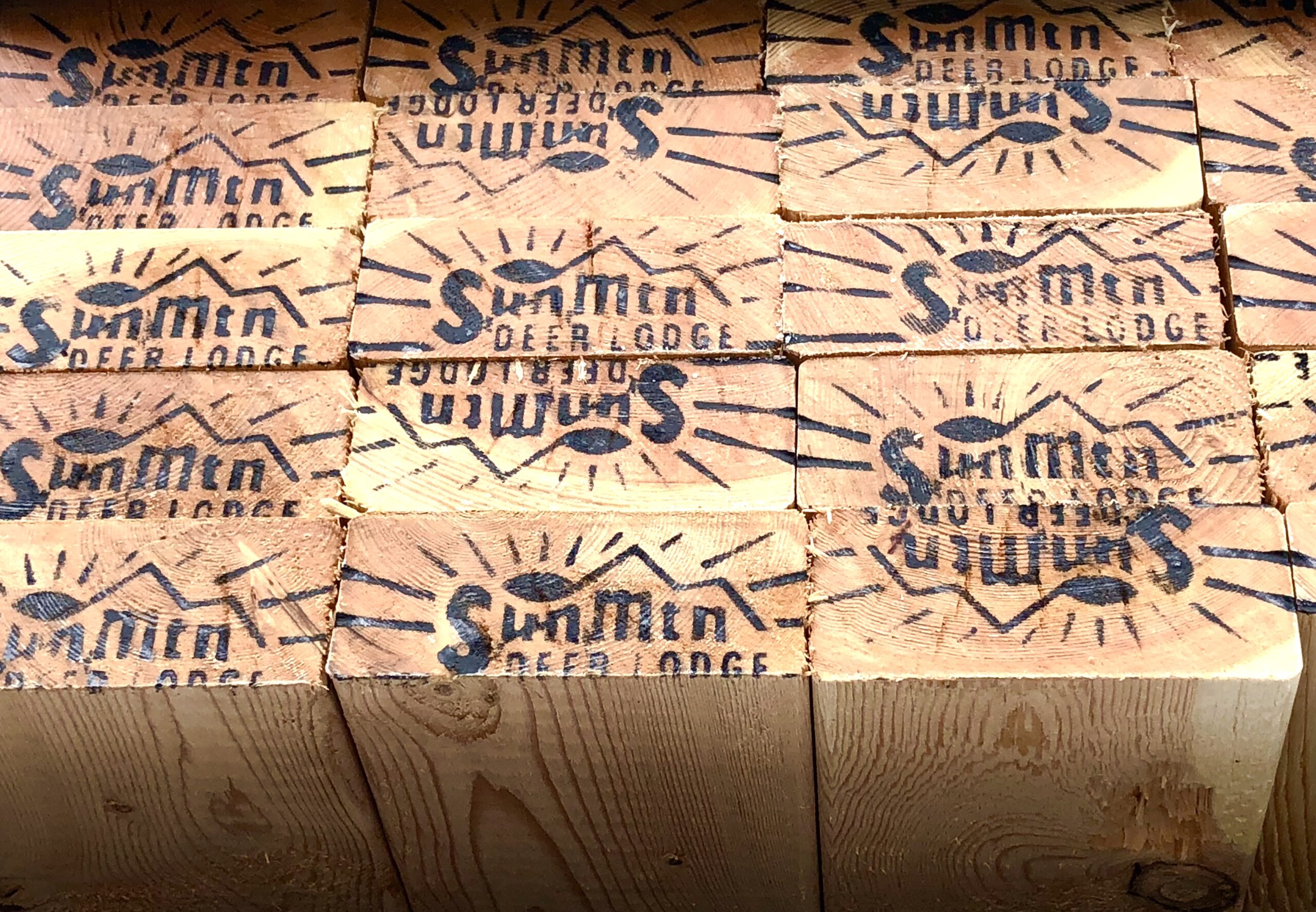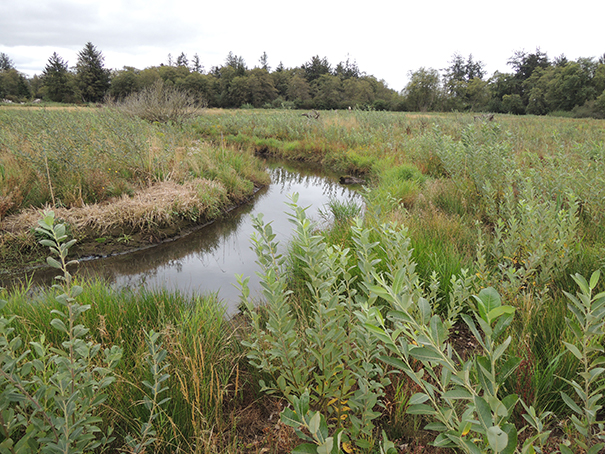Water quality is topic that catches the attention of a variety of folks. Oregon is unique in the U.S. with its approach to water quality: strong land use planning, science-based forest practices, and an army of local volunteers working on habitat restoration makes our state different. Oregon Forest Resource Institute (“OFRI”), created by the Legislature and funded with a harvest tax on timberland owners, just posted an excellent The Oregon Way video about Oregon water quality. It’s eight minutes worth watching as it explores and explains Oregon’s history of managing its forests and water ways and adapting laws and regulations with updated scientific information.
Oregon’s land use planning ensures that forestland remains as forestland so fish populations stay vibrant. Forest watersheds are better for fish than farm, city, or rural development waterways. Cooler water, less sediment, and logs in the streams create a complex habitat that fish prefer. Oregon has lost very little forestland since the Land Conservation and Development Act was passed in 1973, and we are seeing record numbers of salmon returning to our coastal streams.
Long-term scientific research is reflected in evolving laws that continually improve and enforce Oregon forest practices to protect water and habitat. With science driving rule-making in Oregon, results from the original watershed study on the Alsea (1959-1973) helped to set the initial stream protection rules in Oregon’s Forest Practice Act. Three paired watershed studies in Oregon’s Hinkle, Trask, and Alsea basins will help shape policies and regulations for future forest management. The studies monitor two similar streams to evaluate the effects of forest harvests: one area is left unharvested and the other is logged using current harvest practices. Effects on water, soil, habitat, and wildlife are measured with researchers committing to ten years of monitoring and analyzing data. Because these studies are conducted on 5,000 acres or more, fish and wildlife behavior can be observed as a whole system which reveals the cumulative effects of forest management in an entire watershed.
The new Alsea Watershed Study will be conducted in the same basin as the original study and it
has been reforested and is again ready for harvest. This presents a unique opportunity to compare the effects of old and new forest practices on watershed resources. State –of-the-art equipment is being added to monitor water quality, including turbidity, stream temperature and dissolved oxygen.
The Oregon Plan for Salmon and Watersheds (1997) is a voluntary program that advocates and advances public and private collaboration to identify and fix habitat problems. In 2010 Oregonians formally approved 15% of net Oregon Lottery dollars for state parks and the restoration and protection of native salmonids, watersheds, fish and wildlife habitat, and water quality. Two major habitat concerns have been culverts at road crossings preventing fish from swimming up or down stream and a lack of large logs in streams. Both issues have been resolved with improved crossings and streamside tree buffers. The Oregon Salmon Plan championed by Governor Kitzhaber is the way to meld economics and the environment. Oregonians should say “No.” to environmental litigation from out-of-state radical groups like Center for Biological Diversity (CBD) who are attempting to hijack our way of life.
Hampton has helped with several stream improvement projects. In collaboration with BPA, U.S. Fish & Wildlife, Oregon Watershed Enhancements Board, Columbia River Estuary Task Force, we moved the main stem of Big Creek to its original channel to restore upstream migration of Coho and Steelhead, opening up about 13 miles of previously inaccessible spawning habitat. We were about to begin a new private/public partnership with a coastal watershed group that has now been put on hold by a recent notification of a pending CBD lawsuit related to Coho salmon. This is NOT the “Oregon Way.”
In addition to the video, The Oregon Way report is available on the OFRI site.
Come on in, Oregon’s water is fine!
Steve Zika
CEO, Hampton Lumber



